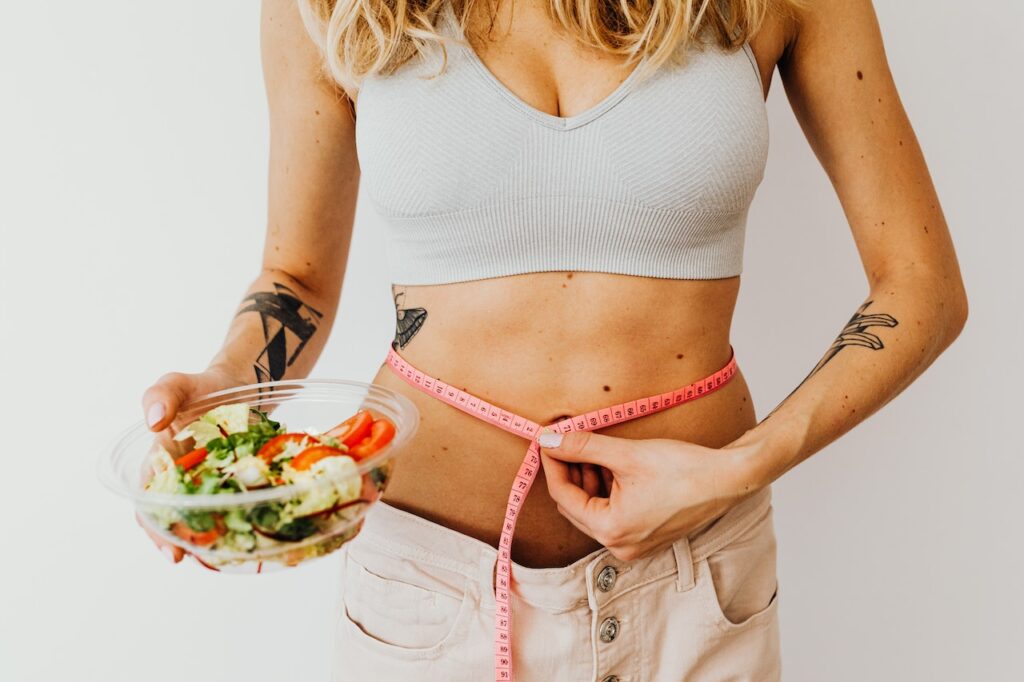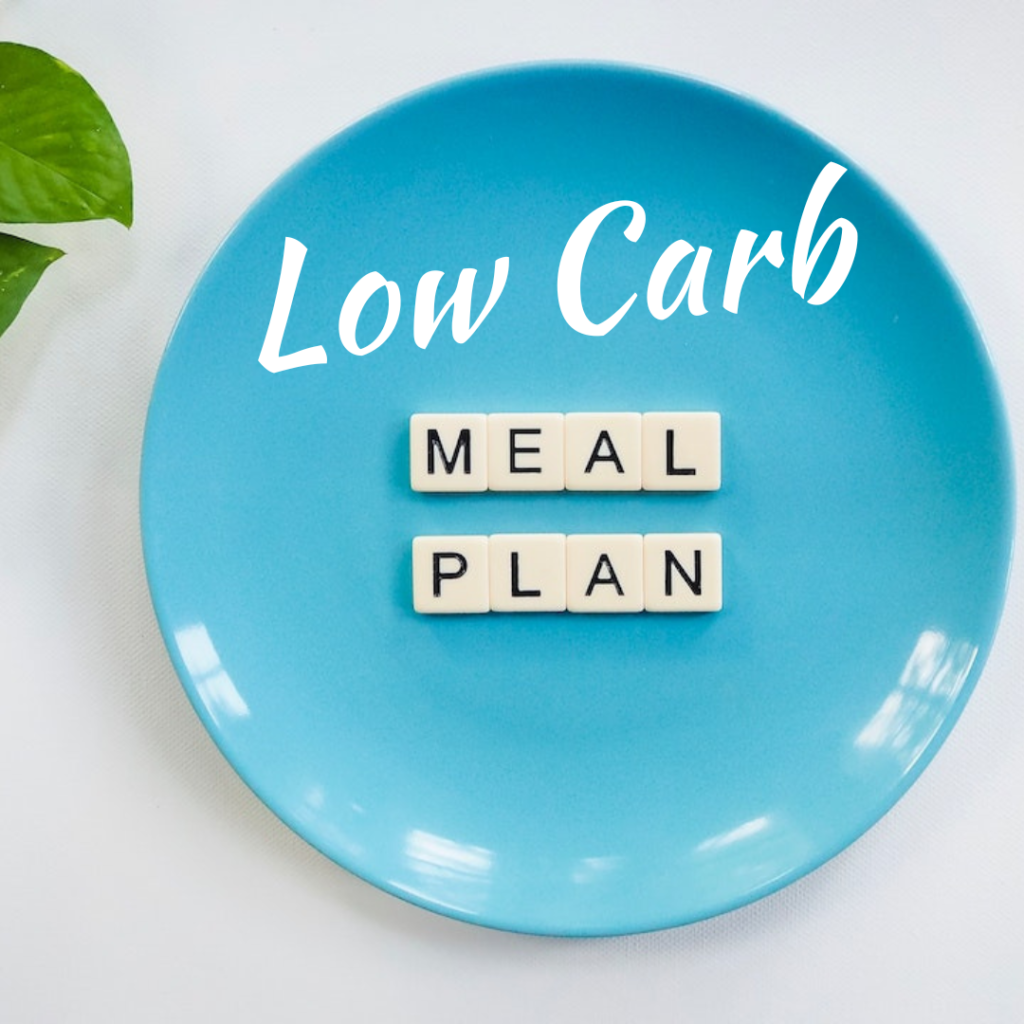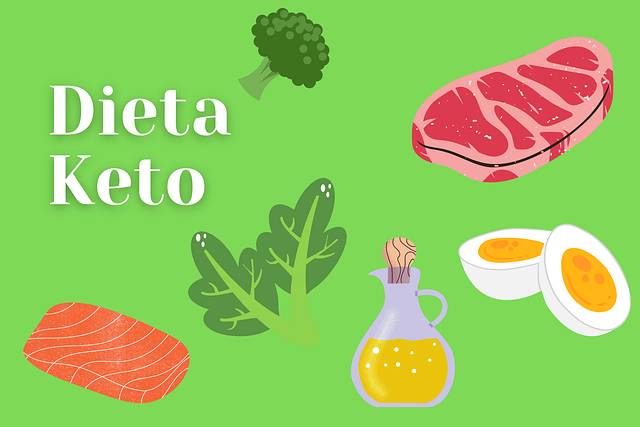
To lose weight, many people adopt new eating habits or diets.
In this vein, many people find that the ketogenic or keto diet is an excellent approach to help them lose weight.
But what is a keto diet and how long does it take to get results from keto diet plan?
Let's dive deeper right now ...
What is Keto Diet?
A ketogenic diet consists of a high-fat, moderate-protein, and low-carbohydrate diet.
The body enters a metabolic condition known as ketosis when carbs are reduced and fat is elevated. The body next converts lipids to ketones, which are chemicals that provide energy to the brain.
The body and brain become incredibly effective at burning fat and ketones for fuel instead of carbs after a few days or weeks on such a diet.
In addition, the ketogenic diet lowers insulin levels, which can help with insulin sensitivity and blood sugar management.
What foods should you eat to lose weight on the keto diet?
As previously stated, keto promotes very low-carbohydrate diets. Keto dieters generally consume items such as:
- Lean poultry (turkey, chicken)
- Fish (cod, salmon, tuna)
- Spinach
- Celery
- Cauliflower
- Eggs
- Greek yogurt
- Cottage cheese
- Nuts
- Avocado
Nearly all carb sources, on the other hand, are excluded, including:
Because typical foods like bread and grains aren't permitted on the keto diet, you can create your own keto-friendly adaptations of classic dishes.
It's true.
There are dozens of recipes for items such as "keto pizza" and others.
If you're going to try the keto diet, keep track of your daily macronutrient and calorie intake, especially when it comes to high-fat foods like nuts and avocado.
Keto also necessitates close attention to protein consumption, since studies reveal that too much protein in the body is converted to carbohydrates, which might disrupt the ketosis state.
What are the benefits of a ketogenic diet for weight loss?
Here's how ketogenic diets help people lose weight:
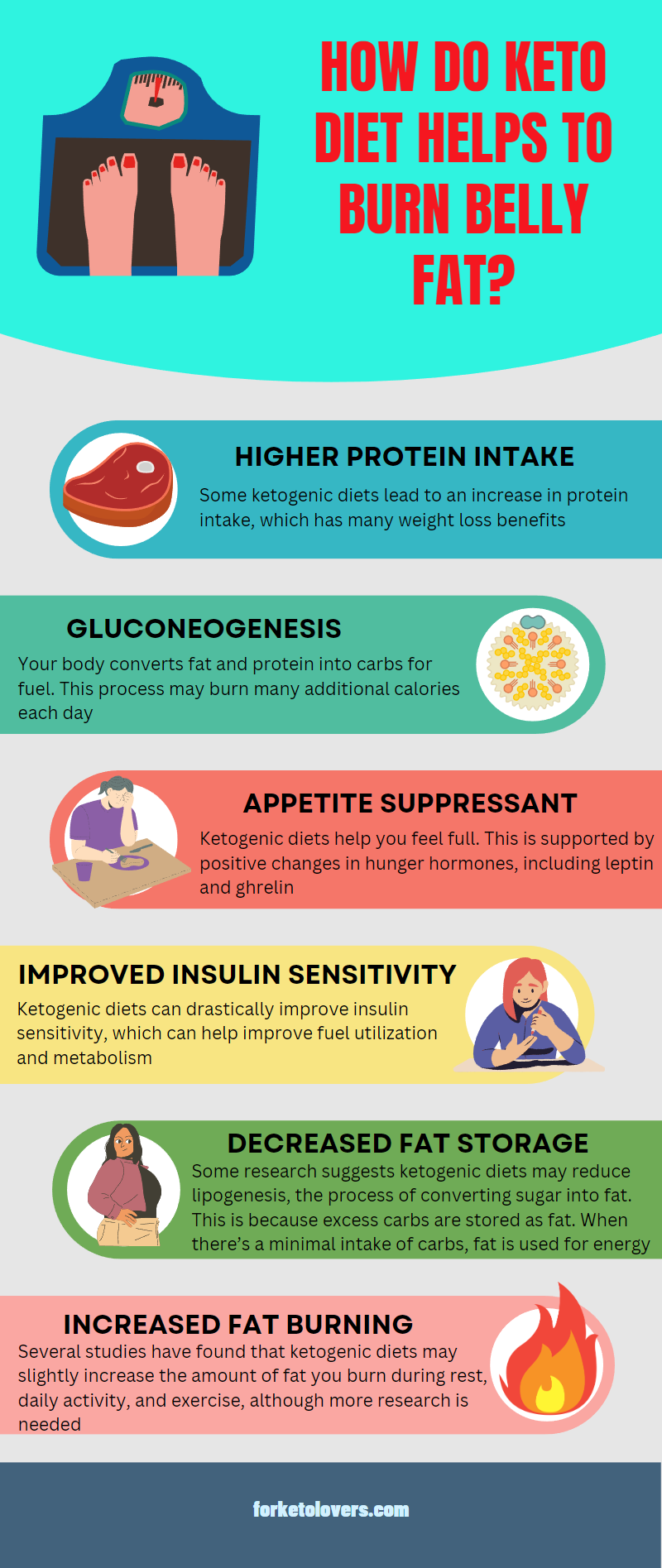
1. Increased protein consumption. Some ketogenic diets result in a higher protein intake, which has a number of weight-loss advantages .
2. Gluconeogenesis. For energy, your body converts fat and protein to carbohydrates. This method could result in a significant increase in daily calorie burn.
3. An appetite suppressor is a substance that reduces the amount of food you eat. Ketogenic diets make you feel satiated.
Positive alterations in hunger hormones such as leptin and ghrelin support this theory.
4. Insulin sensitivity has improved. Ketogenic diets can assist enhance insulin sensitivity, which can aid with fuel usage and metabolism.
5. Fat storage was reduced. According to some study, ketogenic diets may minimize lipogenesis, or the conversion of sugar to fat.
This is due to the fact that excess carbohydrates are stored as fat. When there is only a bare minimum
7. Increased fat oxidation. Although additional research is needed, several studies have suggested that ketogenic diets may slightly boost the amount of fat you burn during rest, daily activity, and exercise.
In these ways, a ketogenic diet may be beneficial for weight loss.
However, when following the ketogenic diet, it's critical to make sure you're getting enough calories. Cutting calories too drastically will lower your metabolism, making it more difficult to lose weight over time.
How long does it take to get results from keto diet plan
Ketogenic diets have been shown to help people lose weight.
They may aid in fat loss, muscle preservation, and the improvement of a variety of illness markers.
Even when total calorie consumption is same, some studies suggest that a ketogenic diet is more successful than a low-fat diet for weight loss.
People on a ketogenic diet lost 2.2 times more weight than those on a low-calorie, low-fat diet in an older study. The levels of triglycerides and HDL (good) cholesterol also improved.
However, both groups lowered their calorie intake by a similar amount, which may have resulted in greater weight reduction.
On this graph from Healthline, you can observe typical weight loss results:
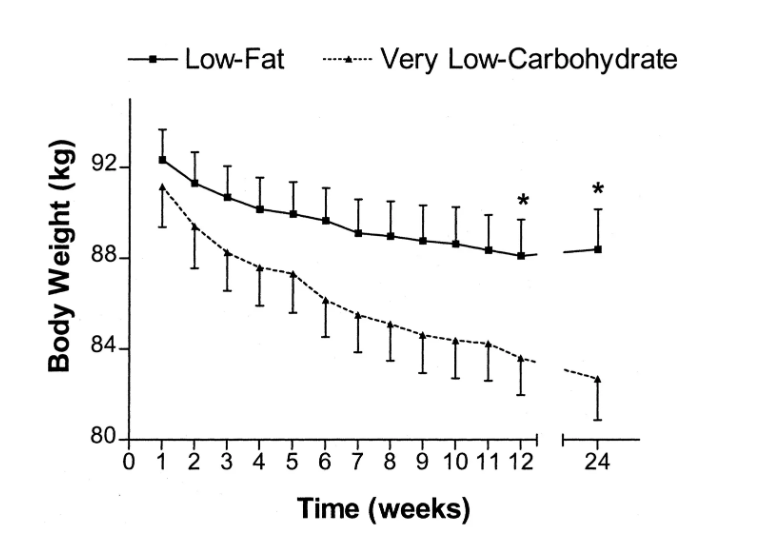
As you've seen, starting fat burning (ketosis) in the body takes two to three weeks on the diet.
As a result, don't expect immediate effects.
According to some research, following a low- or very-low-carbohydrate ketogenic diet can help people lose weight. In the long run, however, a ketogenic diet and a higher carbohydrate diet are nearly identical.
There are far too many things involved in individual weight reduction to be able to forecast how long it will take to lose weight with any precision.
In general, you'll need to maintain a daily caloric deficit of roughly 500 calories. After 10 to 21 days, you should start to observe noticeable weight loss at this rate.
Some people may be able to achieve their weight loss objectives sooner, while others may need a little more time.
How to follow to a Keto Diet
Follow these basic guidelines if you wish to try the ketogenic diet:
Remove all carbs from your diet. Check food labels and limit yourself to 20 to 50 grams of carbs per day.
Stock up on essentials. Meat, cheese, whole eggs, nuts, oils, avocados, oily salmon, and cream should all be purchased because they are now considered mainstays in your diet.
Consume your vegetables. Because fat sources are high in calories, stack your plate with low-carb vegetables to keep you feeling full. Fiber is another benefit of vegetables, which you won't get from whole grains, beans, or legumes.
Experiment. A ketogenic diet may be both intriguing and delicious. Keto-friendly spaghetti, bread, muffins, brownies, puddings, ice cream, and other baked goods are all possible.
Make a strategy. Low-carb meals for on-the-go can be difficult to come by. It's crucial to have a strategy and go-to snacks or meals on any diet.
Find something you enjoy. Experiment with several keto diets until you find the one that works best for you.
Keep track of your progress. Every 3 to 4 weeks, take photos, take measures, and keep track of your weight. Re-evaluate your daily intake if you don't see any progress. Make sure you're getting enough vegetables at each meal and that you're not overeating.
Fluids should be replaced. Make sure you're receiving enough water and electrolytes, such as sodium, potassium, and magnesium, in your diet.
Unlimited access!
Download our 21 Free Keto Recipes and get instant access to 14-Day Meal Plan, food list and more bonuses ...
3-Day Keto Meal Plan
The following menu has a total carb count of less than 50 grams per day. As previously said, some persons may need to cut carbohydrates even more to achieve ketosis.
This is a 3-day ketogenic menu that can be customized to meet your specific dietary needs.
1. Day
- Two eggs fried in butter with sautéed greens for breakfast
- Lunch: a bunless burger atop a bed of greens with cheese, mushrooms, and avocado.
- Pork chops with green beans sautéed in olive oil for dinner
2. Day
- mushroom omelet;
- tuna salad with celery and tomato on a bed of greens
- roast chicken with cream sauce and sautéed broccoli
3 Day
- Breakfast: stuffed bell pepper with cheese and eggs
- Arugula salad with hard-boiled eggs, turkey, avocado, and feta cheese for lunch
- Dinner: grilled salmon with spinach sauteed in sesame oil
Ketogenic meals can be varied and delectable, as you can see.
Want more recipes? Get this dinner ideas or healthy keto dessert ...
Although many ketogenic meals are made with animal proteins, there are plenty of vegetarian options.
Adding a cup of berries to your low carb breakfast or a small portion of a starchy vegetable to your dinner will increase the number of carbs in your meal plan if you're on a more liberal ketogenic diet.
Conclusion
You must eat high fat items and limit your carb intake to less than 30–50 grams per day to get the most out of a ketogenic diet.
A ketogenic diet, when followed under medical supervision, can help you lose weight and improve your overall health.
It has the potential to lower your risk of type 2 diabetes, obesity, and other metabolic diseases.
Your New Keto Secret Tools
Subscribe today and get access to Best Keto Library

